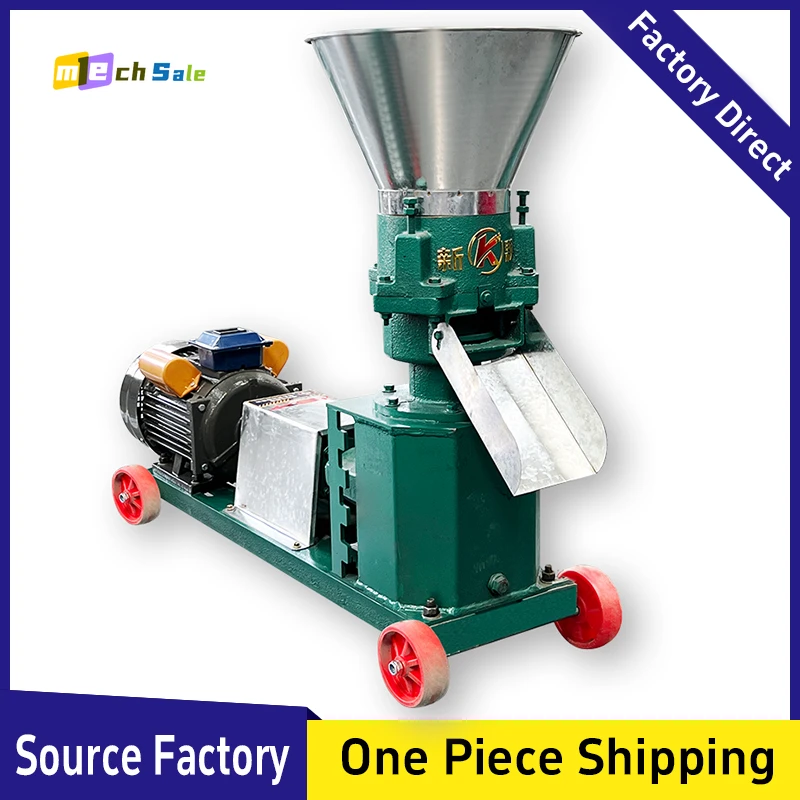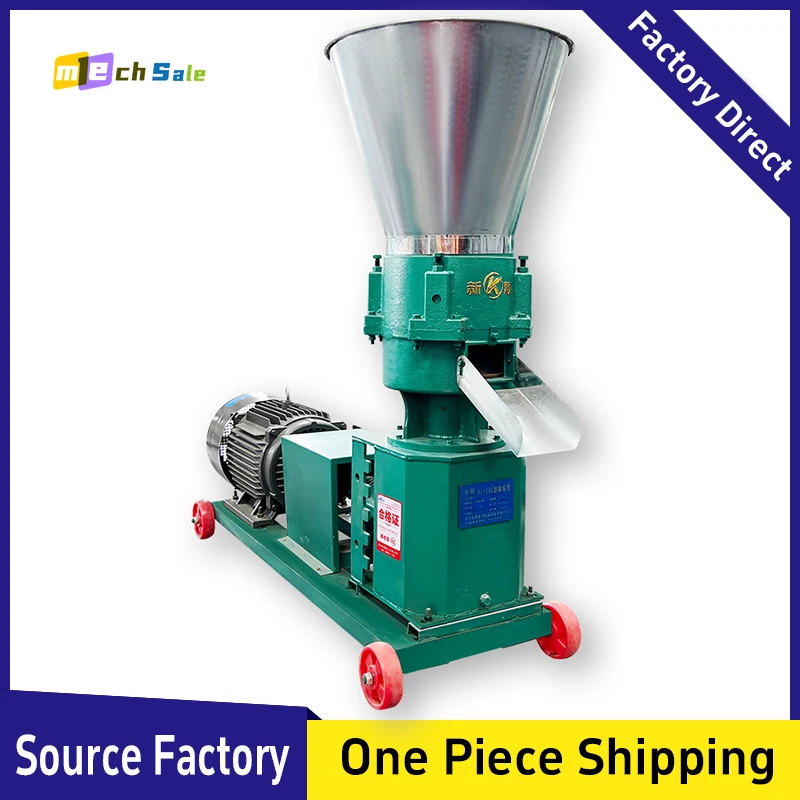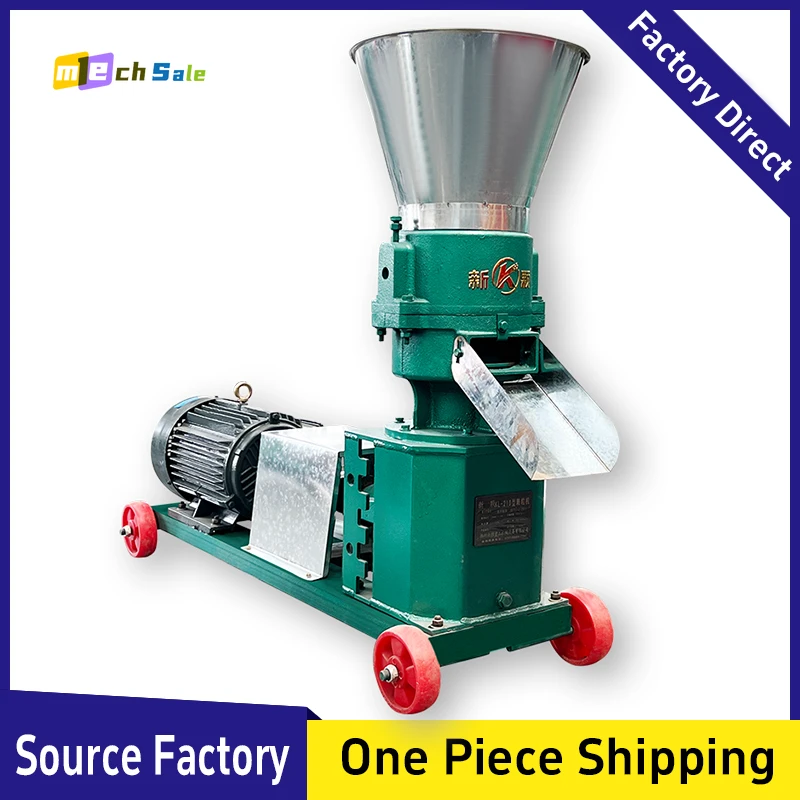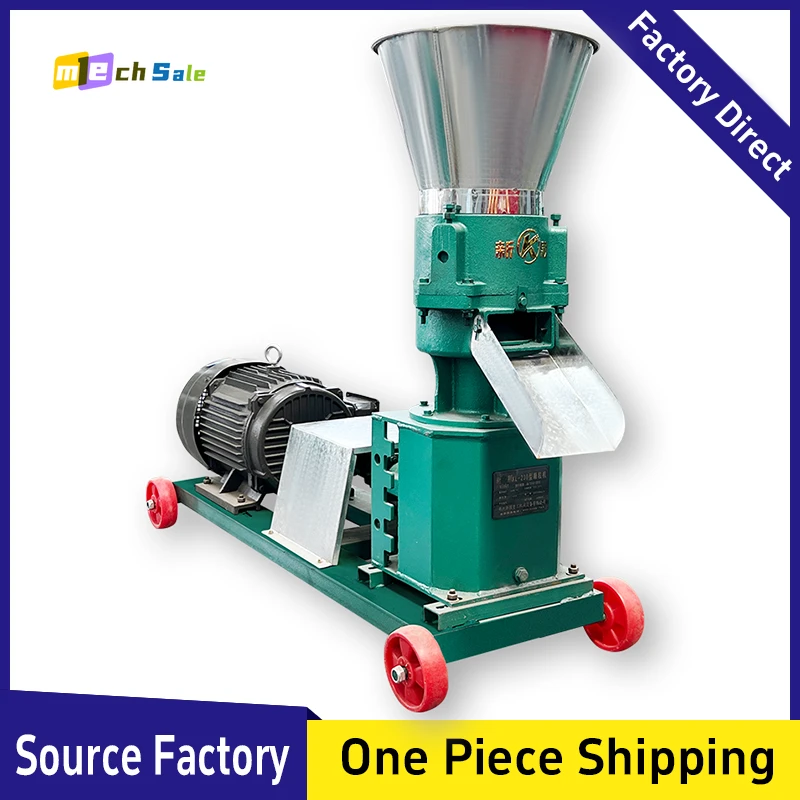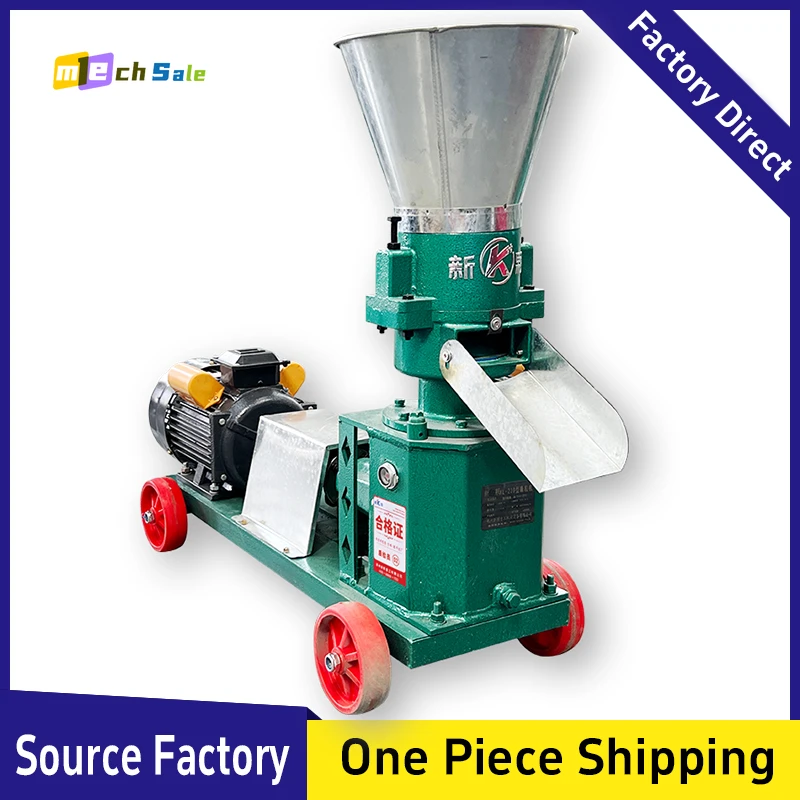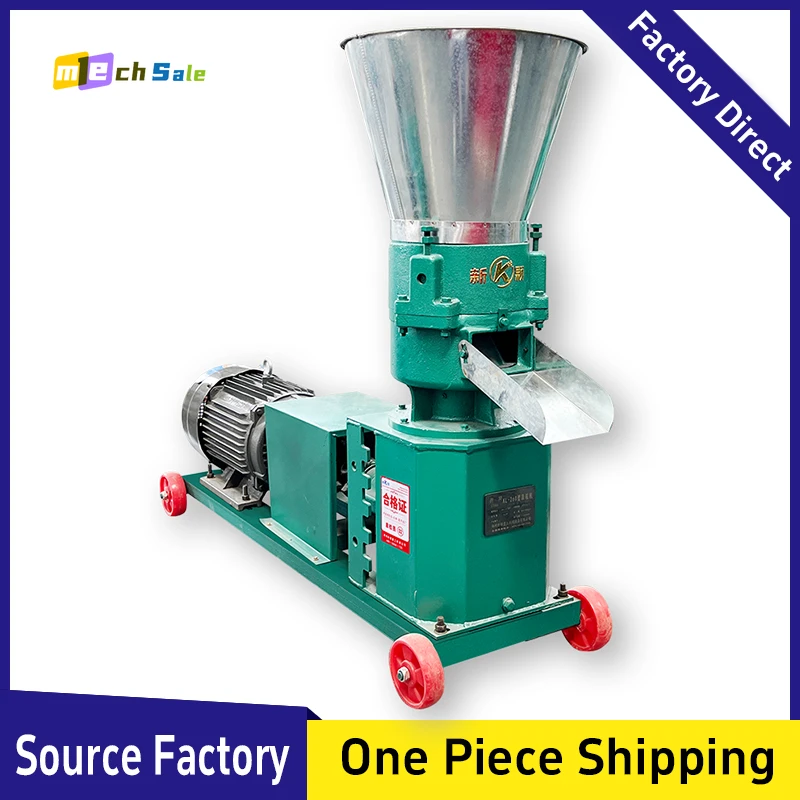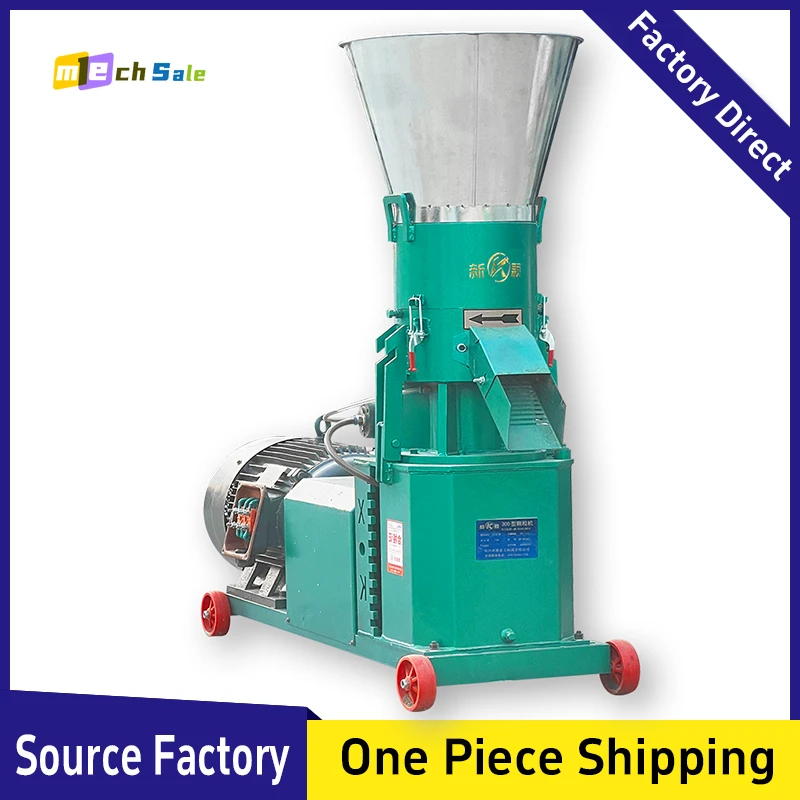One Stop Granulator Service Provider, Industry Leader, Provide High Quality Solution
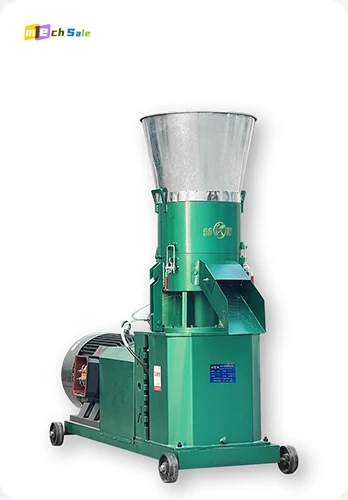










| Rated Power | 0 KW |
| Hourly Output | 5 Ton |
| Min. Order Quantity | ≧ 1 Set |
| Packaging Details | International Wooden cases or according to the actual transport needs |
| Delivery Time | Sea Freight, usually Takes 15-45 Days |
| Payment Method | TT, Online Remittance, Alipay, WeChat Pay, Prepaid Card |
TAG:

